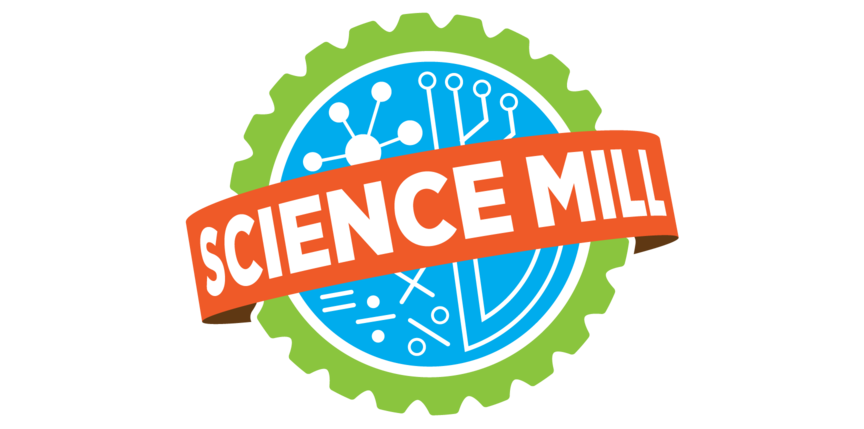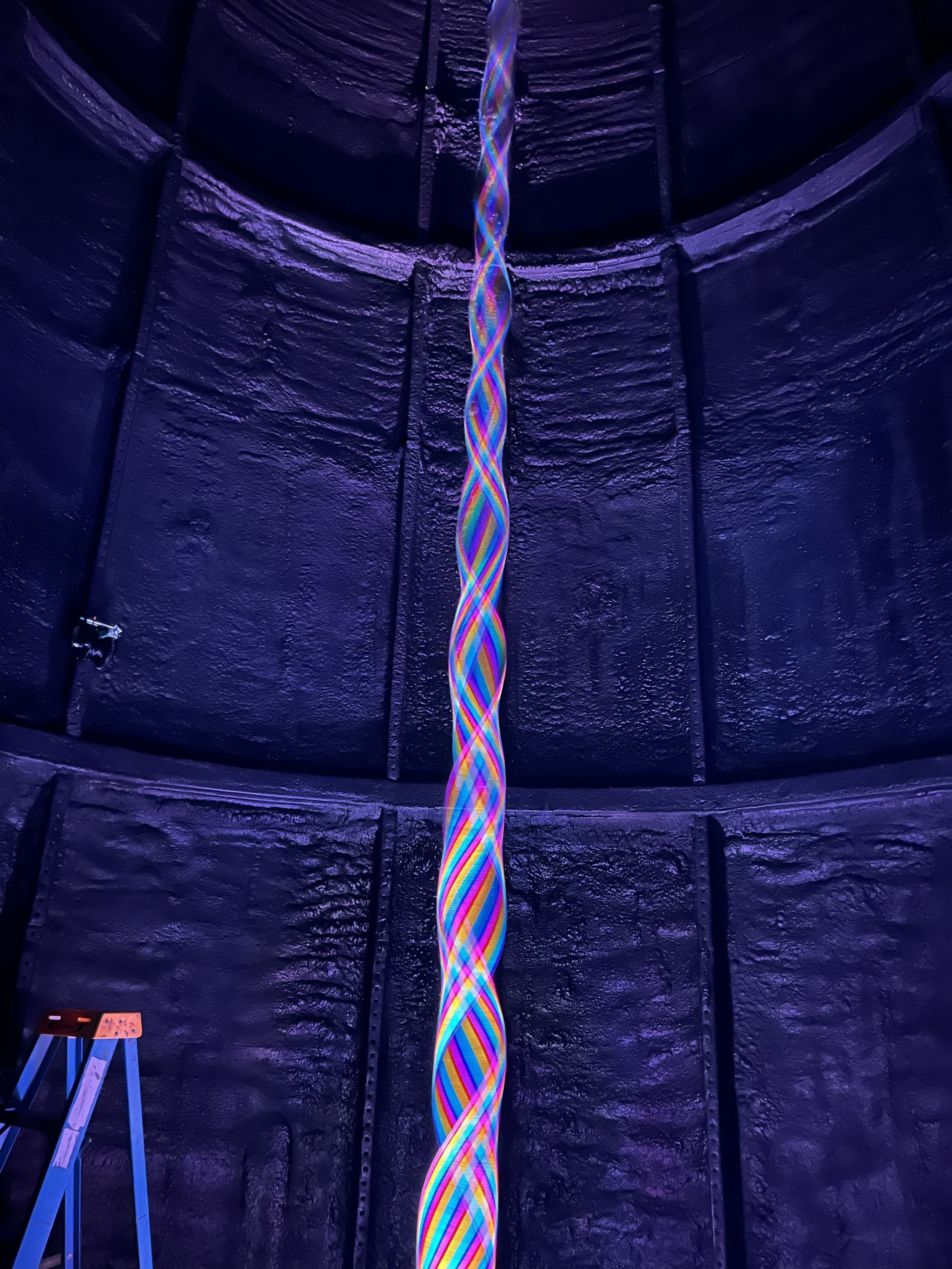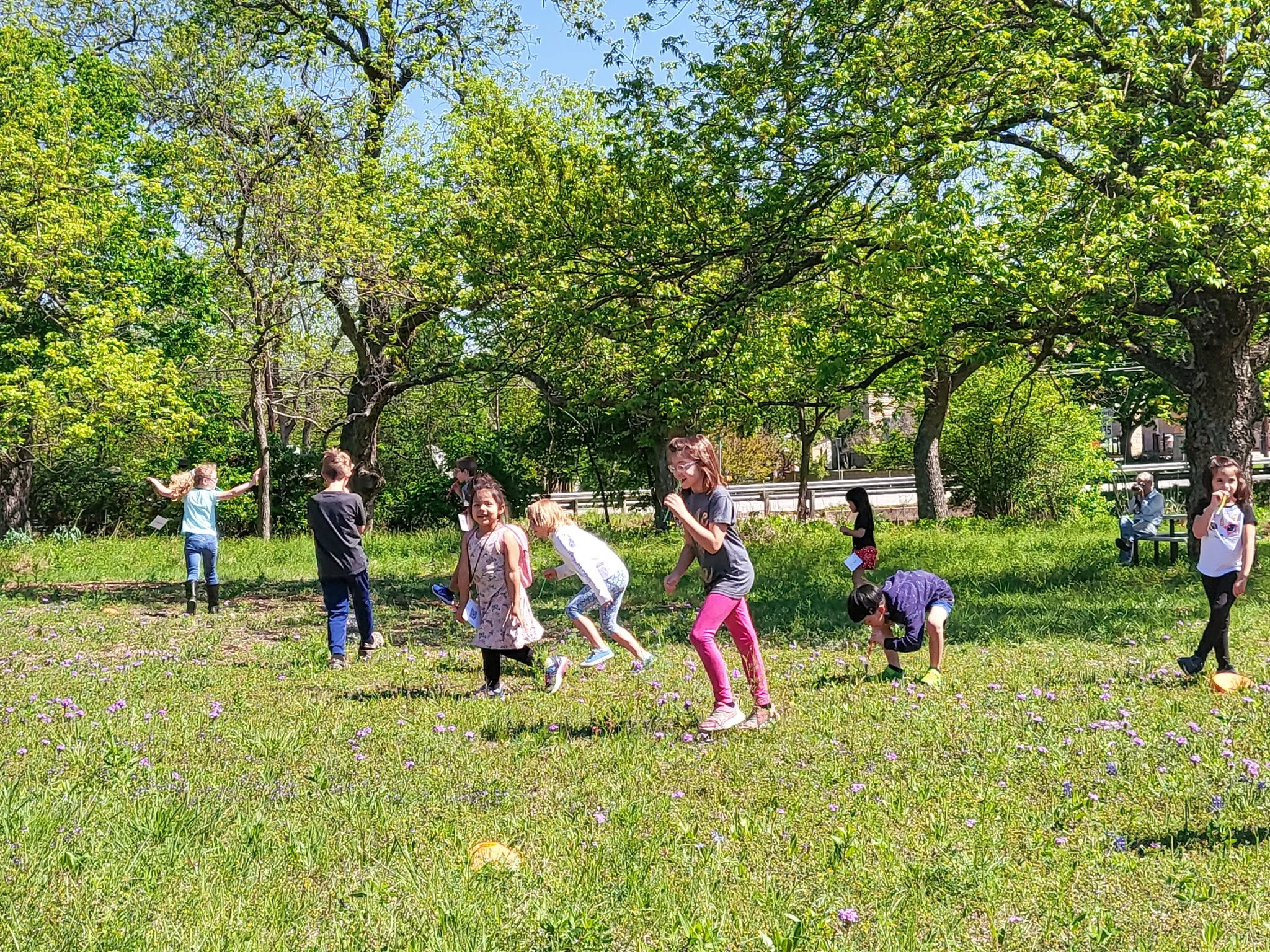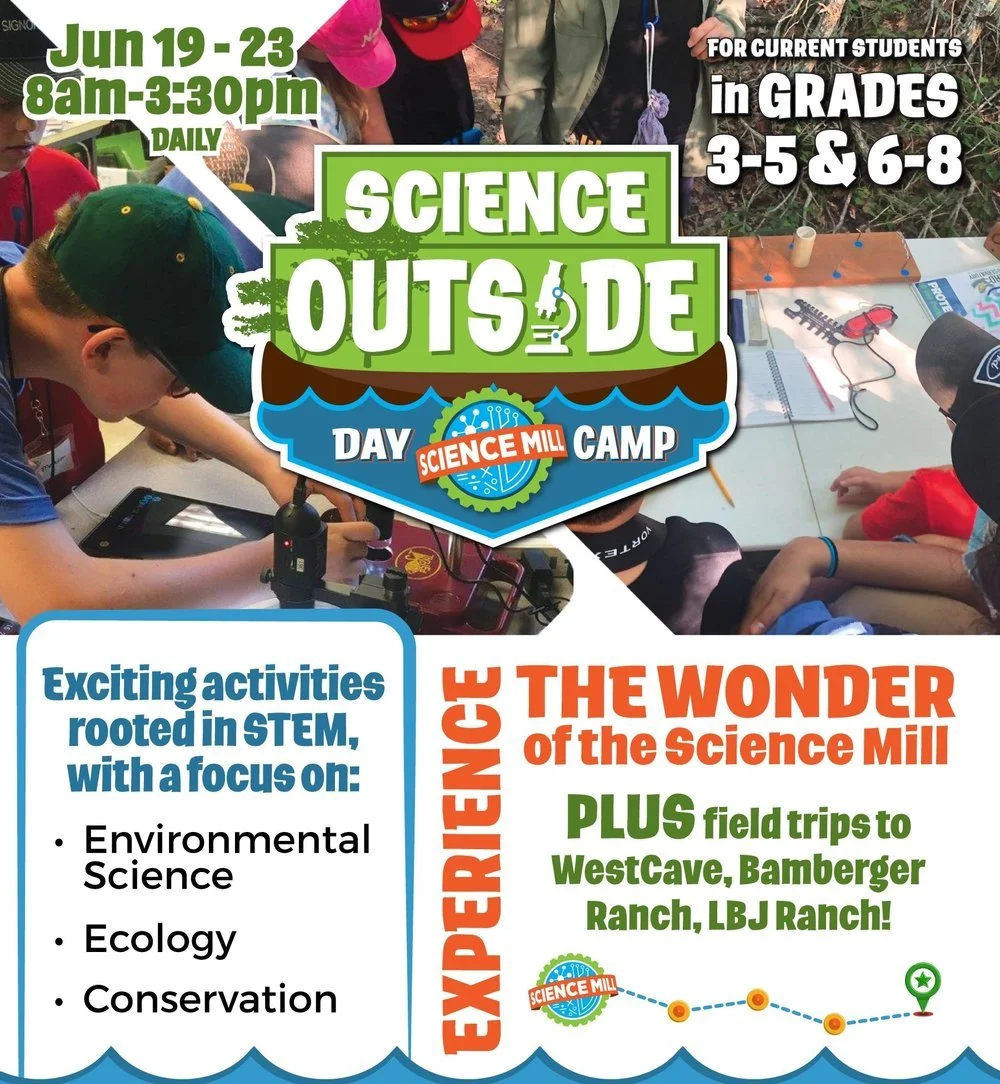Did you know that the Science Mill is housed in a historic 1880s feed mill in Johnson City? The mill, originally established as a steam grist mill and cotton gin by J.P. Johnson, had a significant impact on the economic development of the town, and has served as a community landmark for decades.
In transforming the building into the Science Mill as it is today, much care and attention was given in ensuring that much of the original structure was kept intact. This is the Science Mill’s way of honoring the history it is proud to build upon.
The silos that used to store grain now serve as unique spaces for one-of-a-kind exhibits like the Light Loom, Dig In!, and Cell Phone Disco.
Once separate structures have been artfully connected with walkways that create a sense of cohesion while retaining the distinct energy of each studio, giving visitors a smooth but dynamic experience.
Learn about the building’s history through the A Mill in Time exhibit. Science enthusiasts and history lovers will surely find the Science Mill a worthwhile visit! Come drop by the museum from Wednesday to Sunday!
The Science Mill, only an hour from Austin or San Antonio, is a high-tech science museum in Johnson City, Texas, Established in 2012, the museum is home to over 50 interactive exhibits, and has helped provide high quality, accessible STEM programs for children all over the state. Learn more about the Science Mill’s impact here.















